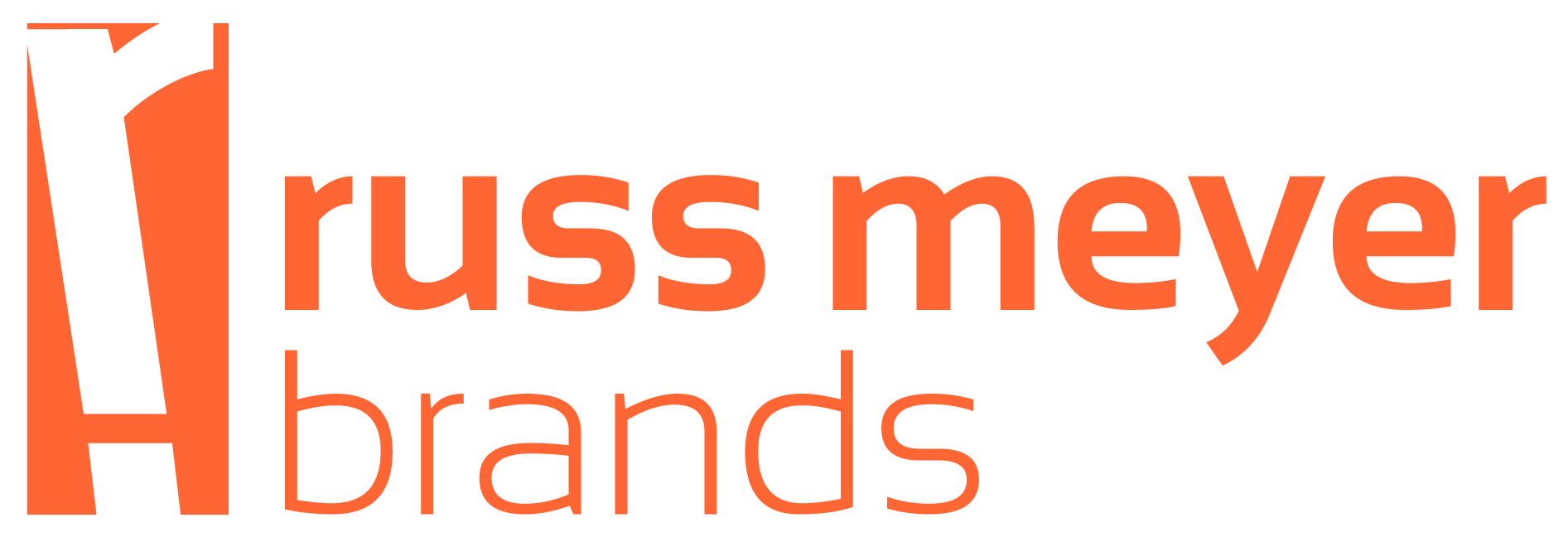Why Your Brand Needs a Positioning Roadmap
I recently helped a consumer products company position a new service that they’re creating. The goal was to launch in 6 months. While the specs had been written, the offer itself was still in development. The product roadmap post-launch included a significant product rev in 4 months as new capabilities were to be added, created by expertise that hadn’t even been hired yet. Simultaneous to this, they were exploring how the service, considered a ‘platform’ in other industries, could be applied to categories beyond the initial launch category. This was happening at a company that hadn’t existed five years ago and today has a crazy billion-dollar valuation. All this is to highlight the fact that this company, like many others in lots of different categories, operates at hyperspeed.
In these situations, the traditional ways of creating and launching consumer products have been tossed out the window. Timelines are compressed. Insights are captured on the fly. Prototypes are created, evolved, discarded, transformed, revived all within days. Meanwhile much of the “traditions” of marketing and positioning remain. In a world where everything is in flux and evolution happens almost on a daily basis, what is the use of a traditional positioning statement? Frankly of what use is the concept of positioning itself?
At the heart of positioning is the idea of “relevant differentiation”: how is your product/service/offer different from the alternatives/competitors in a way that matters to the target (and for which the target is willing to give up money)? Or, if you prefer a different framework, what is the “job to be done” of this product/service/offer and how does it fulfill that job in a way that is useful, memorable, remarkable and valuable? Both frameworks require an underlying belief that there is, in fact, a “there, there” (apologies to Gertrude Stein). In these times of instantaneously rapid prototyping, how do you position the “there” if it hasn’t even been created yet.
Alternatively, one could say “Don’t worry about that old fashioned framework, man! Be loose. Iterate. Design thinking something something…” And while that matches the flexible and iterative nature of the “always in beta” offer development, at the end of the day one still has to communicate something to someone about the offer at launch, something that makes them want to learn more about the offer and potentially even purchase it, else you may never make it to iterate and position for another day.
For this consumer product launch, the solution we came to is something I’m calling a positioning roadmap. It’s designed, in part, to mirror the product development roadmap that you often see, particularly in technology companies. Like the product development roadmap, the positioning roadmap considers where the positioning needs to be at some future date to win and then works backwards and forwards to ensure that there is a path and a through line between where the positioning is today (or at launch) and where it will be at that future date. It is designed to split the difference between a positioning that is locked in stone and one that is completely loosy goosey — to provide some tangible guidance to current state marketing and communications while realizing the future will be some derivation of today but different that today.
The positioning road map we created had a positioning idea that was inspiring but capable of being delivered at launch. Two subsequent positioning ideas were further out in the future, as new capabilities were created and as those capabilities created knock on substantial additional benefits for the customers, users and society as a whole. It mapped closely to the product development road map, with the assumption of flexibility should the market, product development, user needs or market feedback require deviation from the roadmap.
While the positioning roadmap turned out to be a simple and elegant solution to a brand in constant transition, the development process highlighted three critical applications of systems thinking for the process of product positioning. I’ve indicated before the need for system thinking when it comes to brand. Creating and launching based on a positioning roadmap only reinforced that systems thinking is a critical capability for today’s brand experts. The three system thinking insights were:
1. Promise made/promise kept. By mirroring the structure and thought process of a product development roadmap, the synergistic relationship between brand promise and delivery became clear to both the marketing and the development team. While marketing might feel the urge to promise something sexy in order to achieve the sale, they couldn’t go too far before the development team would rein them back in. Conversely, by being able to iterate the brand promise over time, the product development team came to realize compelling benefits today eventually need to be replaced or enhanced with new benefits as the market and competition evolve. It turned the brand into something that was the responsibility of both teams, rather than being just a ‘marketing’ responsibility.
2. Begin with the end in mind. Positioning via a positioning roadmap requires keeping in mind future positionings as you creating current state positionings. For example, if providing deep data analytics is a future success requirement, then setting up data capabilities (or at least keep optionality for adding analytics to the positioning later) is critical to keep in mind. Much like a novelist uses foreshadowing, positioning via a roadmap requires thinking ahead to what the brand will need in the future and ‘setting up those themes’ early on even if they won’t be paid off until some future date, all the while remaining flexible as to how the market might evolve.
3. Careful channel planning. Given the reality that positionings and messaging will change over a period of time, the positioning roadmap process requires thinking about implementation and execution at the positioning phase. It requires thinking carefully about what messages get communicated via which channels, to ensure that ‘short term messages’ don’t wind up communicated via ‘long term channels’, channels that are too expensive or difficult to change frequently. As an example, if you know one of the key messages of your early positioning is going to change in 6 months time, make sure not to enshrine it on the sides of all your trucks, assets that are usually repainted only every 8 to 10 years. Otherwise you’ll wind up with a fleet of vehicles communicating an old, irrelevant or outdated brand message.
Every brand has to evolve faster, be more iterative, react to the marketplace and stay relevant and differentiated. Gone are the days of ‘set it and forget it’ positioning and marketing. The brand roadmap (and the required systems thinking needed to consider the whole from the very beginning) is a tool that can help brands position and communicate in markets where the primary constant is change. Today, that seems appropriate for virtually every market.





